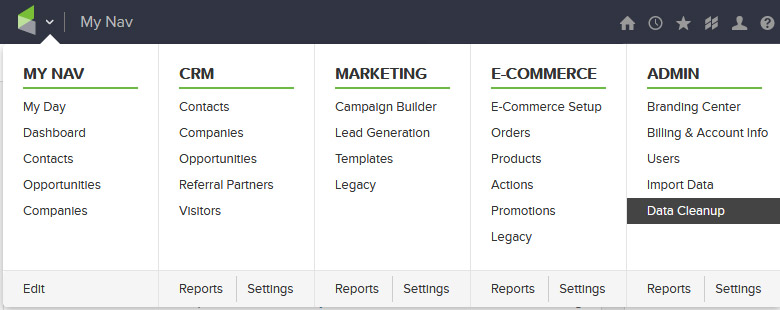

- #Clean exif data free online how to#
- #Clean exif data free online software#
- #Clean exif data free online iso#
How to View EXIF Data in OS and with a Photo Viewer All the common exposure, camera, date and other information is provided in the “EXIF” section of the extension. For example, some image viewers and post-processing tools like Lightroom are capable of viewing and extracting such information in order to properly organize images, while some operating systems are capable of reading and displaying this data.Īs you can see, this tool provides quite a bit of useful information, including a histogram. Instead, EXIF data is embedded in the physical file, and specific tools that are capable of reading this information must be used to view it. While many photographers choose to retain EXIF data in their images, this information does not show up when looking at photos through web browsers, because it is not part of the actual image. Those, who leave this data in their images either have no idea that they even have it, or they intentionally leave it like I do – for others to see and possibly learn from. In addition, some photographers choose to strip EXIF data from their images to protect their work and their style, while others do it to save website traffic (yes, EXIF does add up to the size of the file). Unfortunately, though, the only web-friendly (in terms of size) file format that can handle EXIF is JPEG, which means that you often cannot read the data from other image formats such as GIF and PNG.
#Clean exif data free online iso#
Such stored data is called “EXIF Data”, and it is comprised of a range of settings such as ISO speed, shutter speed, aperture, white balance, camera model and make, date and time, lens used, focal length, and much more.īeing able to read such data can be of great importance not only for beginners but also for other photographers who want to find out what settings and tools were used to create a particular photograph. These settings can then be later used to organize photographs, perform searches, and provide vital information to photographers about the way a particular photograph was captured. Nowadays, every modern digital camera has the capability to record this information, along with many other camera settings and other relevant data, right into photographs. It was a very painful process, especially for newbies who wanted to understand what they did wrong when an image didn’t come out right. They would then use this information in the lab, going through one picture at a time, hoping that what they wrote actually corresponds to the right image. It is capable of storing such important data as camera exposure, date/time the image was captured, and even GPS location.īack in the early film days, photographers were forced to carry a pen and a notepad with them to record important information such as shutter speed, aperture, and date.

Another advantage of using a metadata editor is its ability to fix errors and inaccuracies within a specific photo or file. It simplifies the process by allowing users to easily modify the metadata of up to 10 files.
#Clean exif data free online software#
Metadata editing software can help users get started quickly and easily with this challenging task. To receive and transmit additional information about images: who processed it, what description should be given when publishing the image, etc.Find detailed information about camera settings, location, and usage rights of the specific image.To verify and edit photo metadata that was added using other sources.To insert metadata to a specific file, it could be the creator’s name, contact info, copyright, and many more.There are several scenarios where MetaEditor can be used: Generally, it would be very challenging to do so without having an advanced editing system. MetaEditor metadata editor enables you to read and modify the information in your files. MetaEditor metadata editor was specifically created for people or companies that regularly work with images. What is MetaEditor metadata editor used for?


 0 kommentar(er)
0 kommentar(er)
